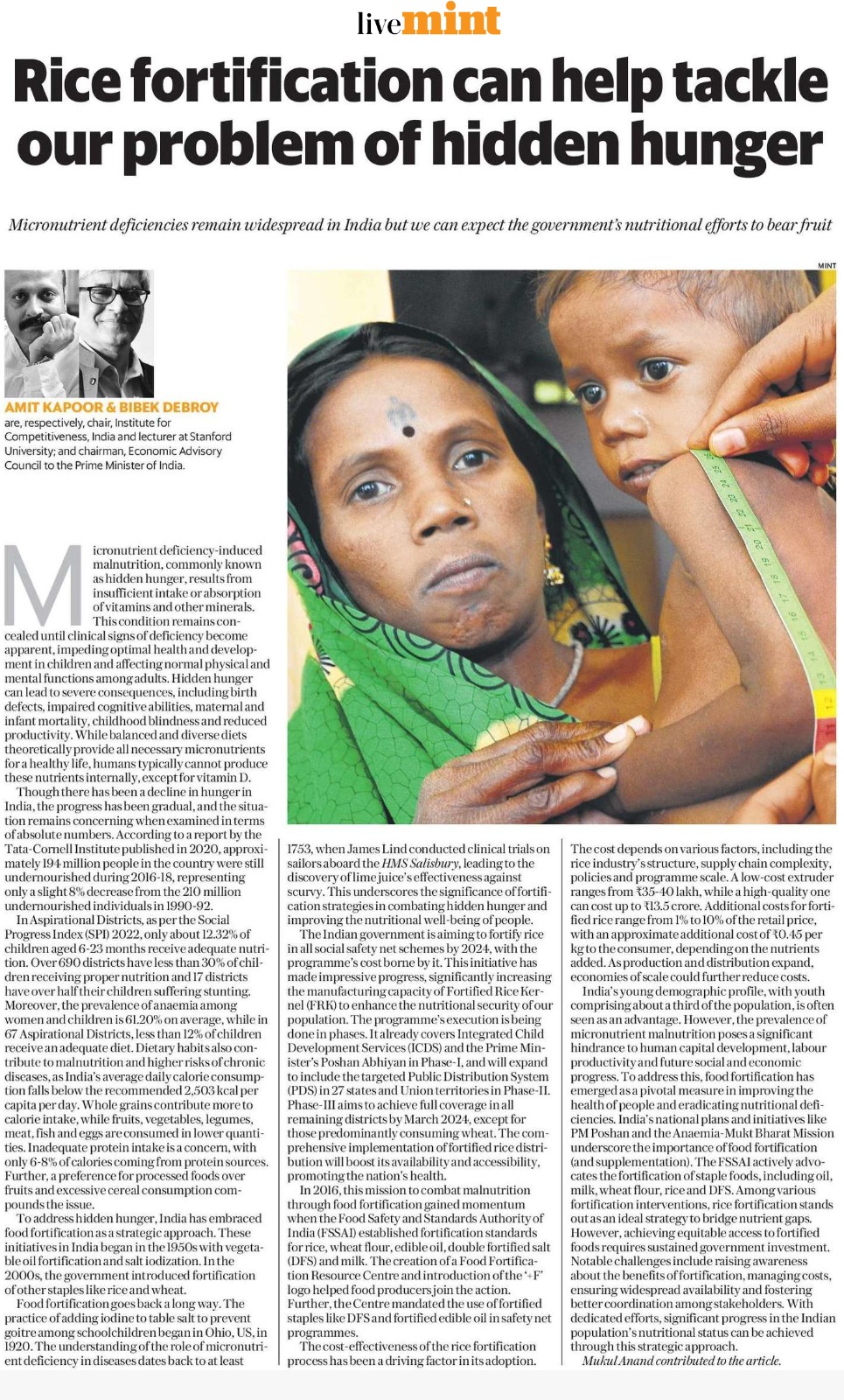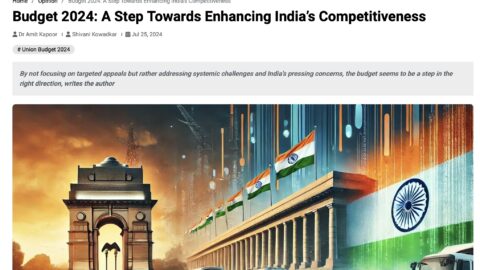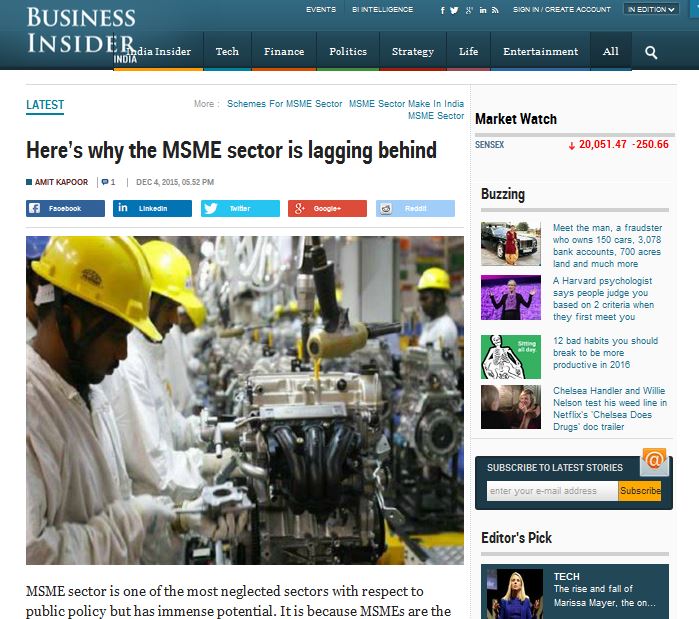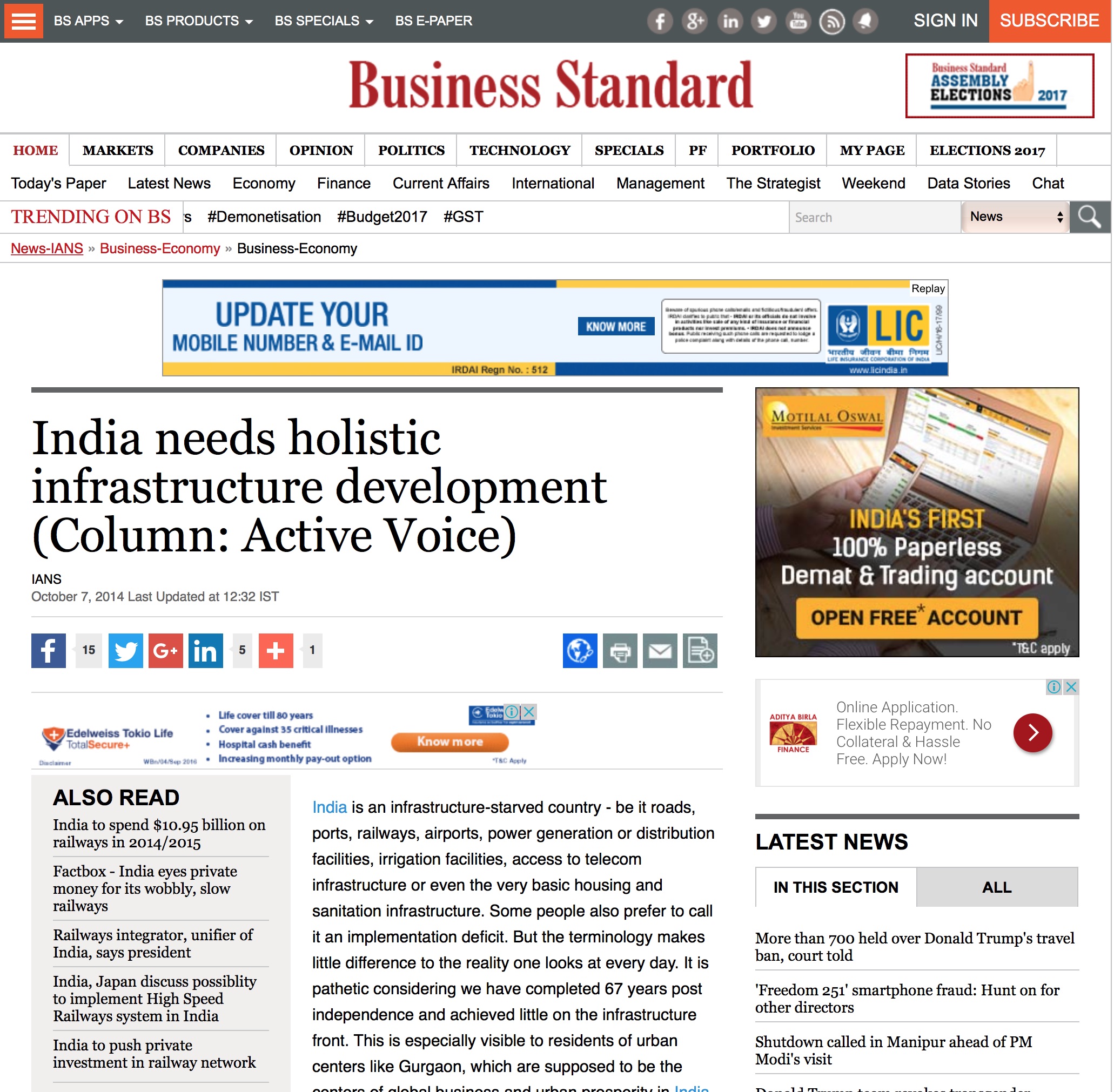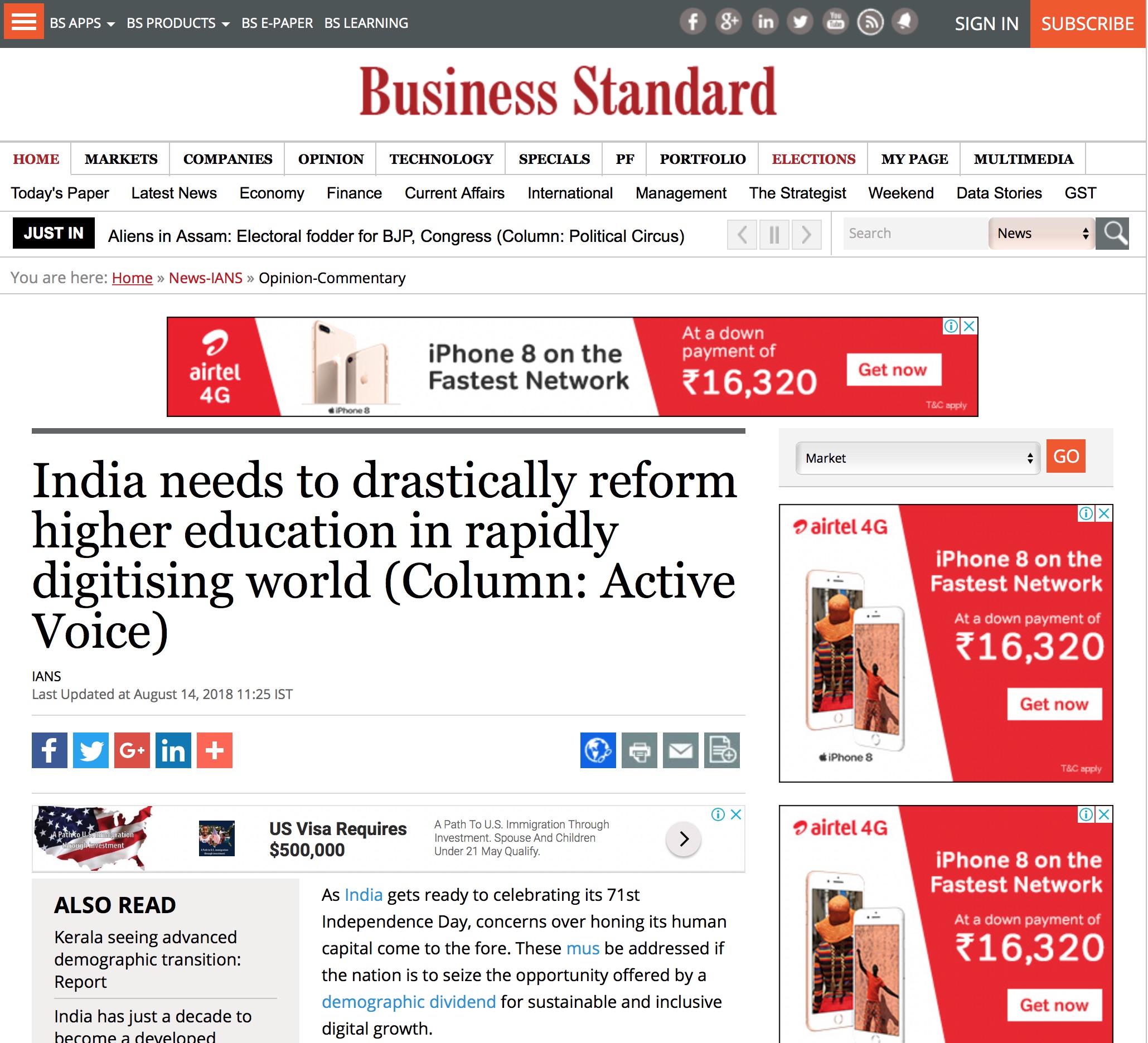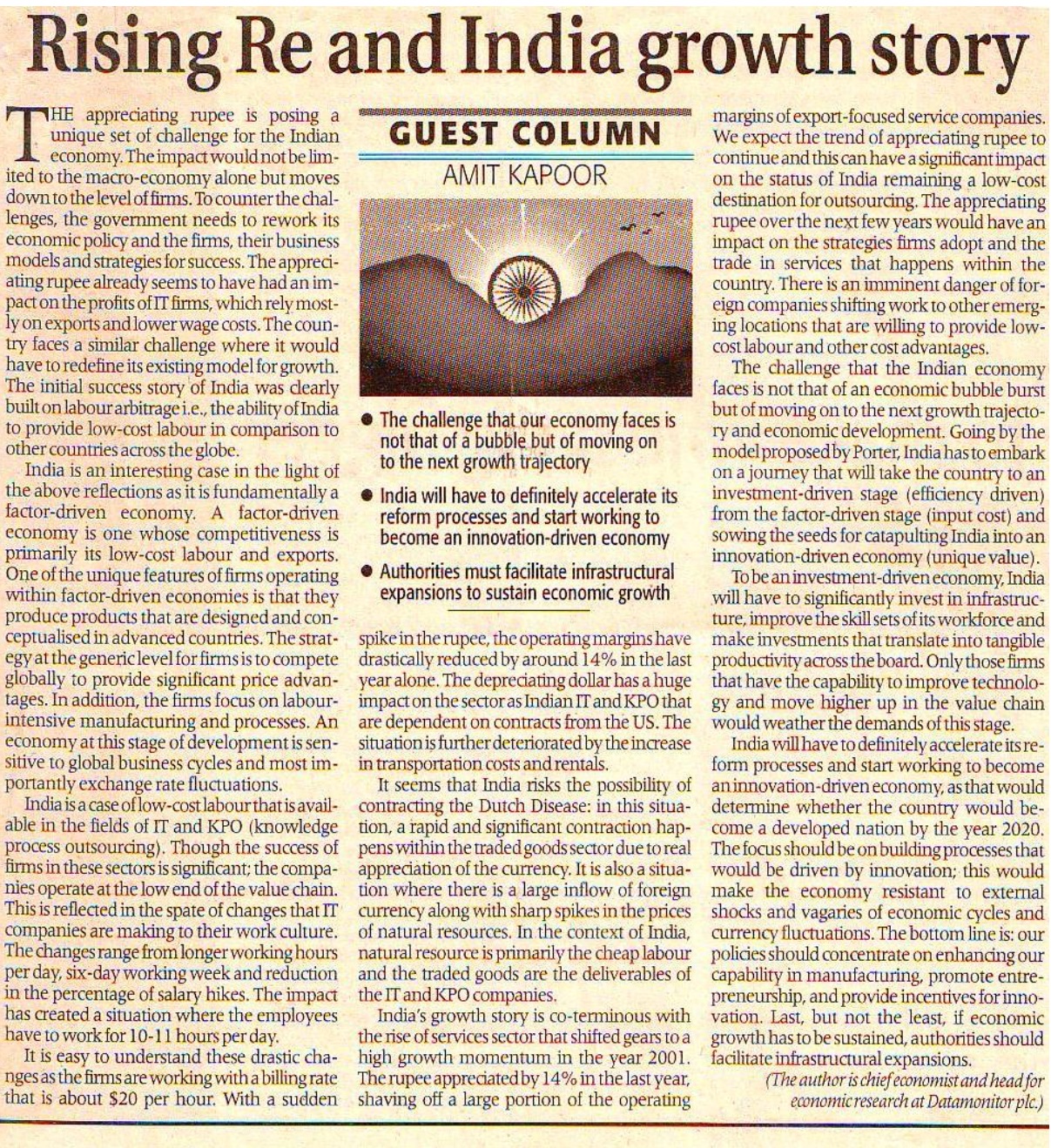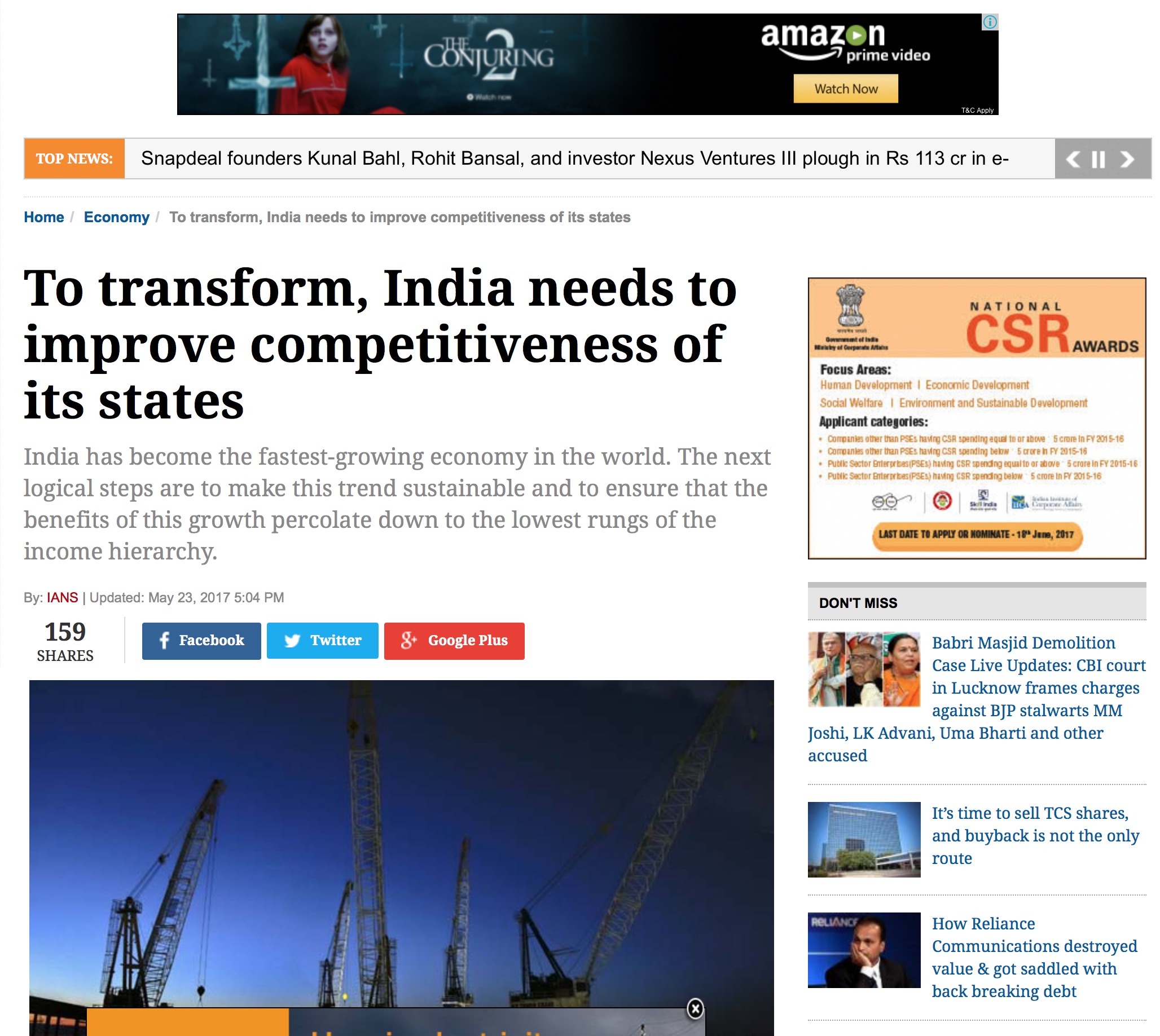Ensuring access to proper nutrition is a crucial component of public health and a fundamental role of the welfare state. In a resolute move on Independence Day 2021, Prime Minister Narendra Modi announced a strategic initiative to counter micronutrient deficiencies and malnutrition by mandating the fortification of rice across all social safety net programs by 2024. A significant span of three years has transpired post the announcement, positioning fortified rice for distribution in every district of each state, barring those mainly reliant on wheat consumption. The principal objective is to enrich rice with essential nutrients, particularly in regions where rice serves as a dietary cornerstone, thus concurrently mitigating micronutrient deficits.
Rice, being a staple sustenance for 65 percent of India’s populace and a staple within government safety net programs, holds immense potential for enhancing nutrition by incorporating essential vitamins and minerals. The concept of nutrition access encapsulates various dimensions, including Accessibility, Availability, Acceptability, Affordability, Adequacy, and Awareness. Together, these aspects shape the convenience and effectiveness individuals experience when accessing and utilizing these vital services.
Accessibility involves the ease of accessing a service based on its location, considering both proximity and time. India’s efforts in social assistance target vulnerable segments, leveraging three existing programs to enhance nutrition via food fortification: Public Distribution System (PDS) for 800 million individuals, PM Poshan School Lunch Program for 118 million students, and Integrated Child Development Services (ICDS) for 110 million recipients. Integrating fortified rice into these schemes combats micronutrient deficiencies at scale, improving accessibility. Proximity of ration shops, provision of school meals, and nutrition centers’ availability enhance access. These initiatives, well-tuned at the grassroots level, exhibit India’s administrative efficiency and sustainable resource use, ensuring ample service provision.
Adequacy involves optimizing the structure for smooth service delivery. Affiliated institutions like the Department of Food and Public Distribution, state food and civil supplies departments, and district rice millers ensure streamlined service. These are backed by the FSSAI, setting food standards, and the FFRC, providing technical support and promoting awareness. This coordinated effort ensures overall service adequacy.
The acceptability of fortified rice is evident as 134 LMT were procured in 2022-23, with the second phase completed early, covering 269 districts. This indicates societal acceptance, supported by a pilot program in 15 Aspirational districts and FSSAI other studies. Gradual implementation aligned with public expectations showcases fortified rice’s acceptability and value.
Affordability is essential for rice fortification’s accessibility, covering service delivery costs and consumer expenses like travel. Influenced by industry complexity, supply chain, policies, and program scale, fortification expenses range from INR 35-40 lakh for budget-friendly extruders to INR 13.5 crore for higher-quality versions. Extra costs for fortified rice (1-10% of retail price) approximate INR 0.45 per kilogram, contingent on added nutrients. As production expands, economies of scale can reduce costs, making rice fortification a practical solution.
However, a lack of focus dissemination of information and behavioural change renders widescale government interventions ineffective. For instance, the ‘Anaemia Mukt Bharat’ program, ongoing since 2018-19, aims to provide iron and folic acid (IFA) supplements to pregnant women, regardless of their anaemia status, for a minimum of 180 days starting from the fourth month of pregnancy. Surprisingly, according to NFHS 5 data, less than 50% of pregnant women in 19 major states adhered to the complete course, despite the availability of tablets. This underscores the importance of raising awareness to ensure access. Awareness entails effectively conveying the goals, objectives, and vision of service policies to both consumers and stakeholders. This becomes especially crucial for marginalized communities, which might lack official communication channels. Furthermore, within the organizational structure, it’s imperative to ensure that the supply side is well-informed about the service’s availability and its potential beneficiaries.
Ongoing efforts are being dedicated to promoting public knowledge about the nutritional advantages of fortified rice through informative campaigns, involving the Food Safety and Standards Authority of India (FSSAI), experts, and Development Partners. The number of FSSAI-notified, NABL-accredited laboratories for fortification testing has increased from 20 to 48 as of August 2021. This expansion aims to instil public confidence in the safety of fortified rice.
Additionally, the Food & Public Distribution Department of the Ministry of Consumer Affairs has also devised a Standard Operating Procedure (SoP) to ensure adherence to Quality Assurance (QA) and Quality Control (QC) protocols during the production and distribution of fortified rice or Fortified Rice Kernels (FRKs). FSSAI, acting as the regulatory and licensing authority for food fortification, has formulated standards for FRK, Pre-mix, and has issued directions to all stakeholders for the immediate operationalization of these draft standards.
While India has made tremendous success in reducing stunting and anaemia among children over the last decade, current data reveals a rise in anaemia levels among women and children in 16 of 22 States/UTs (NFHS-5) due to a lack of iron, Vitamin B12, folic acid, and other nutrients. Micronutrient deficiency is a major impediment to human capital development, labour productivity, and future social and economic growth. In this context, fortifying rice emerges as a viable, preventive, and supplemental strategy for resolving anaemia and vitamin deficiency-induced malnutrition quickly. Staple food fortification approach was attempted by mandating iodized salt in 1962, and the CNNS Report 2016-18 quietly underscored the victory of universal salt fortification by exposing iodine as the lone exception to micronutrient deficiencies in the sample examined. We are now resolutely embarking on a journey toward becoming a healthier nation through rice fortification. The momentum for food fortification in India is gaining traction, and with unwavering commitment and continuous efforts, this strategic approach holds the potential for significant enhancement in the overall nutritional well-being of the population.
The article was published with Mint on September 21, 2023.

